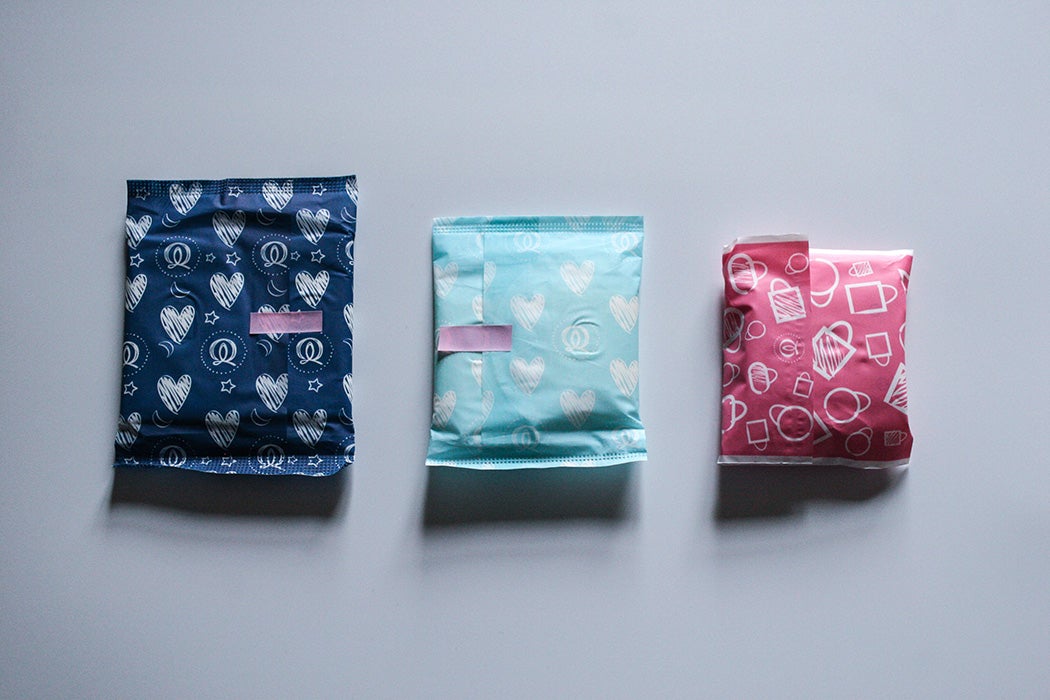Menstrual periods are both a mundane fact of life and an oddly under-discussed subject. This issue was brought into relief in January, when a YouTuber won a brief moment of fame by repeatedly referring to menstrual pads as tampons.
Back in 1976, scholar Fred E.H. Schroeder surveyed the history of public conversation about menstruation (or, more to the point, the lack of such conversation) since the nineteenth century. Schroeder argues that, while “primitive and tribal” cultures marked menstruation with rituals including temporary ostracism, Western industrial societies have simply ignored it.
“For the tribal woman, ready-to-wear psychological attitudes were provided, and her monthly state was openly related to the cosmos and her culture,” he writes. “No such open provisions are part of non-tribal societies, for the whole affair has been totally covered by silence.” In nineteenth-century novels, women face an array of “sick headaches,” “green-sickness,” and other ambiguous illness that readers might interpret as hypochondria, malnutrition, melancholia, or unwellness due to menstruation.
In real life, women complaining to their doctors about painful or debilitating periods might get responses saturated with moral judgements. Writing in 1851, one doctor attributed such complaints to “prurient incitement of passion-stirring pictures, statues, music, novels, and theatres.” An 1891 text suggested the premature menstrual flow could be caused by “a long visit to cities [and] a diet of exciting food.” And, as late as 1926, one popular medical treatise warned women not to sing during menstruation. In 1890, one doctor even referred to “certain physiologists” who “claim that all sanguineous flow is abnormal, that there should be no show of blood in a perfectly healthy woman.”
If disorders related to menstruation were relegated to questionable medical advice, Schroeder writes, routine matters of feminine hygiene were entirely absent from public discussion. Presumably, women and girls discussed the topic privately. It’s only with the emergence of mail-order catalogs that began in the late nineteenth century that the historical record starts including ads for “Absorbent Health Napkins” and “Ladies Faultless Serviette Supporters,” made of sateen and held on the hips by a rubber band.
A few decades later, a cellulose substance that paper company Kimberly-Clark developed for bandages during World War I became the basis for Kotex pads. In 1921, the company convinced retail stores to carry the pads. Then, in 1936, the first commercial tampons made their way into the market.
Once a Week
Schroeder argues that the emergence of commercial sanitary products transformed the messages women received about their periods (although not necessarily for the better). Instead of moral judgement, industry-created booklets strove for “an attitude of positive thinking in young women.” That meant dismissing pain and discomfort as the result of poor diet, rest, and exercise, or as a purely psychological phenomenon.
Schroeder was writing before PMS became a subject of popular conversation, and long before it was possible to imagine a viral videos about feminine hygiene products. Even today, taboos around menstruation influence the way we approach the subject, and, as many have pointed out, our healthcare system still stigmatizes women’s pain.







